Ephemeral wetlands are usually small, isolated ponds with a cyclic nature of drying and refilling. Termed “hydroperiod,” the duration a pond holds water can vary from 1 or 2 weeks to 1 or 2 years, and hydroperiod can vary from year to year and pond to pond. Why are these wetlands important?
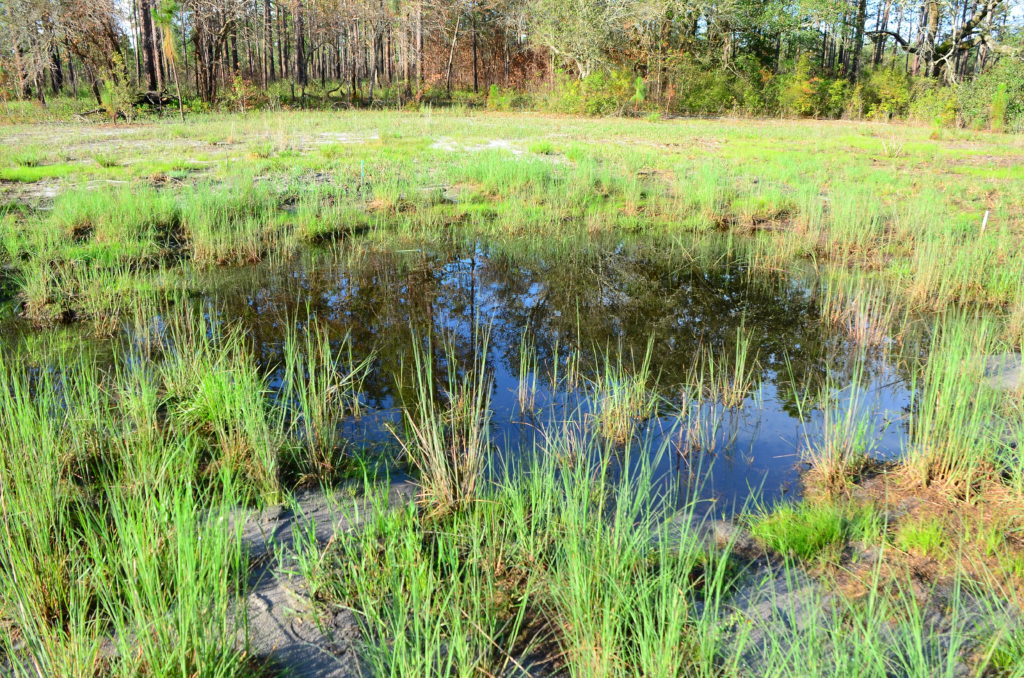
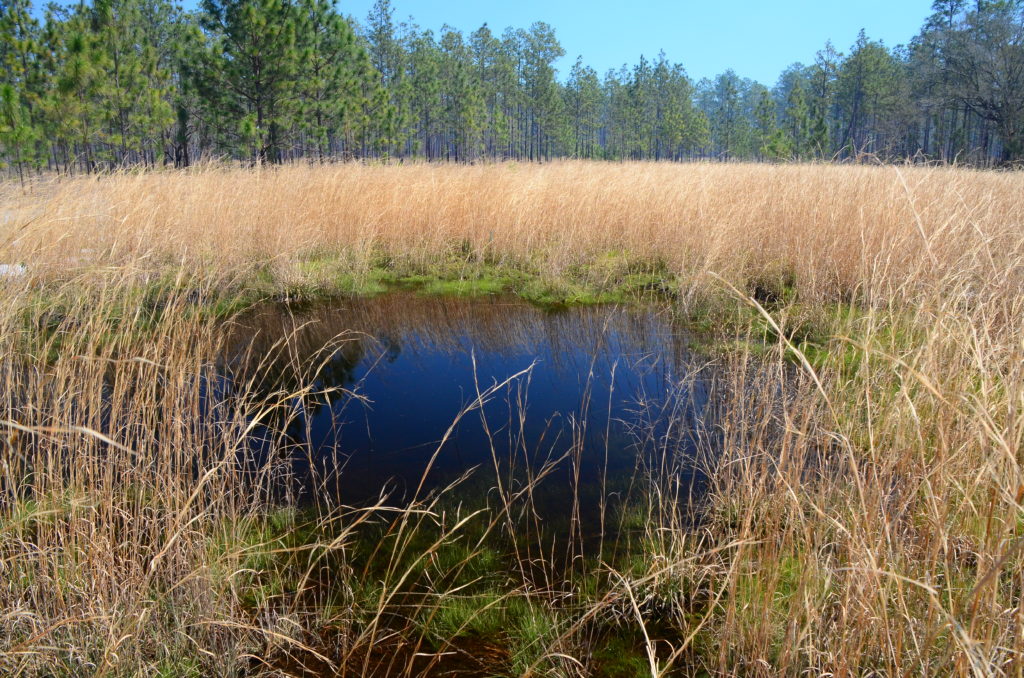
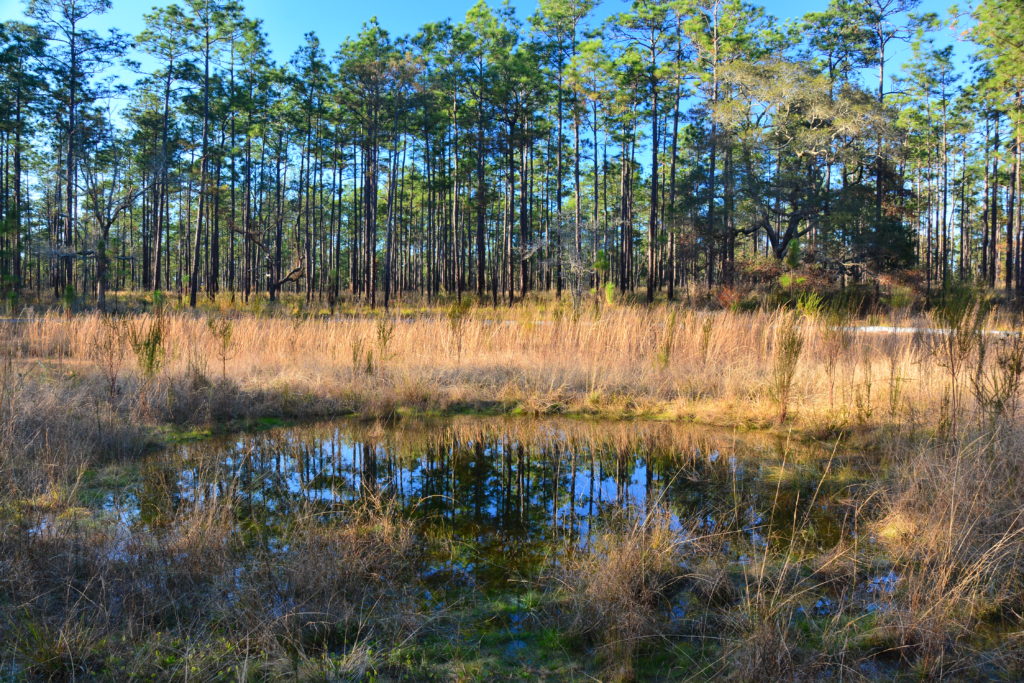
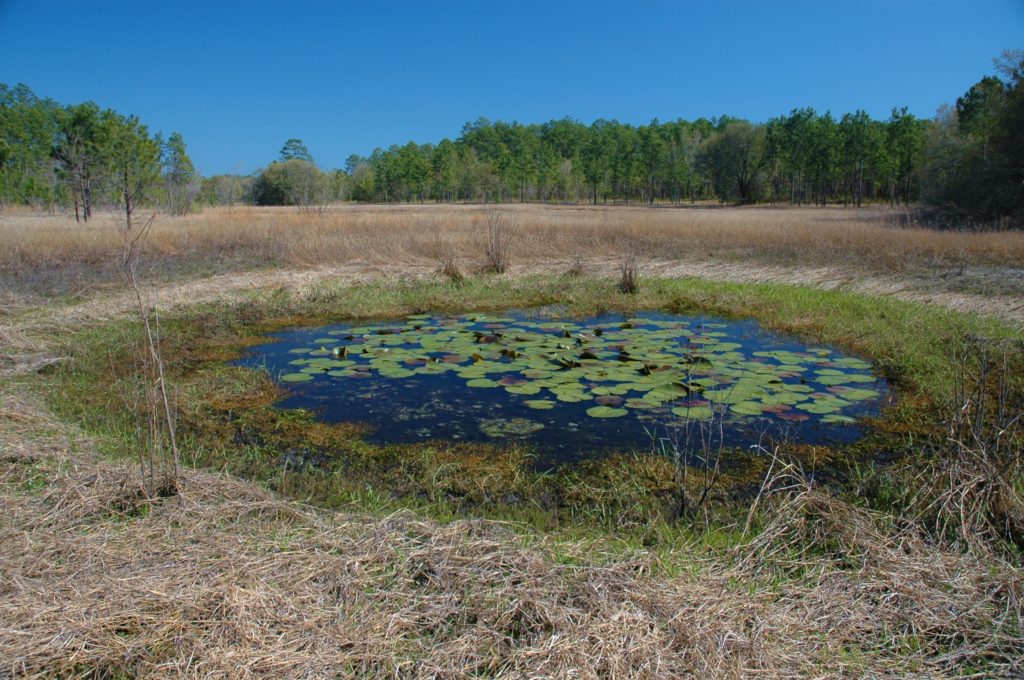
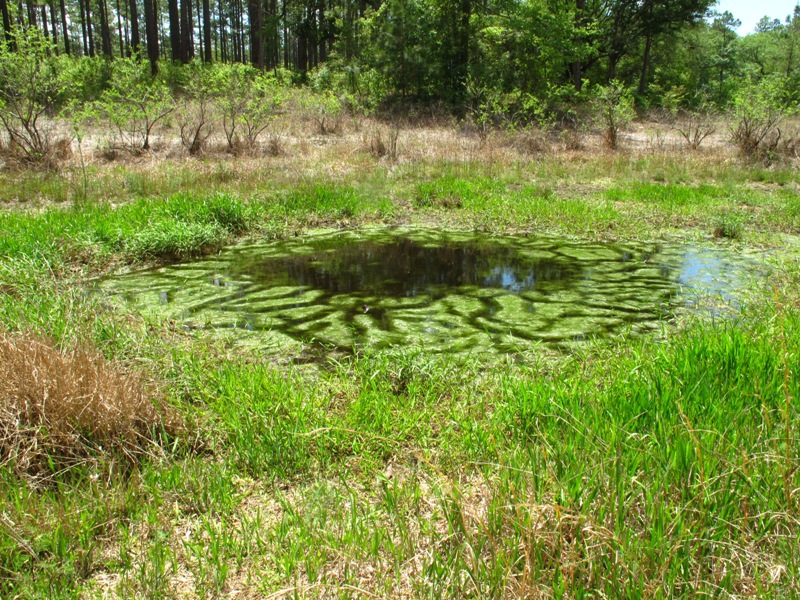
The cyclical nature of pond filling and drying is significant because it creates an inhospitable environment for many species of predacious fish and some macroinvertebrates. A suite of amphibian species that lack the defenses to co-exist with these predators require ephemeral wetlands for breeding habitat. We have about 20 amphibian species in the Munson Sandhills that breed in ephemeral wetlands, half of which cannot breed in any other wetland type! So one of the important features of ephemeral wetlands is that they support a different assemblage of species than do more permanent waters.
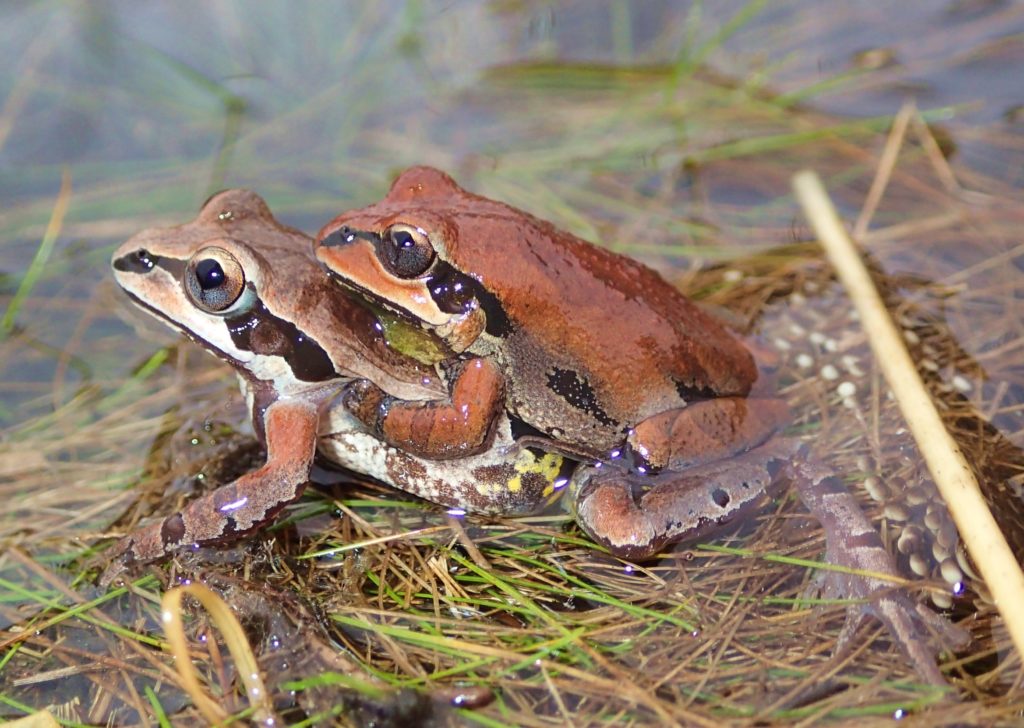
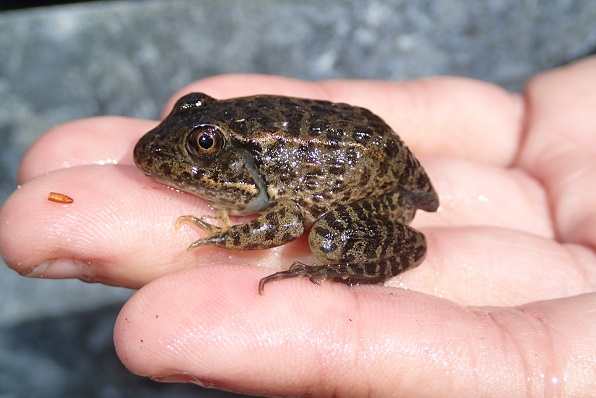
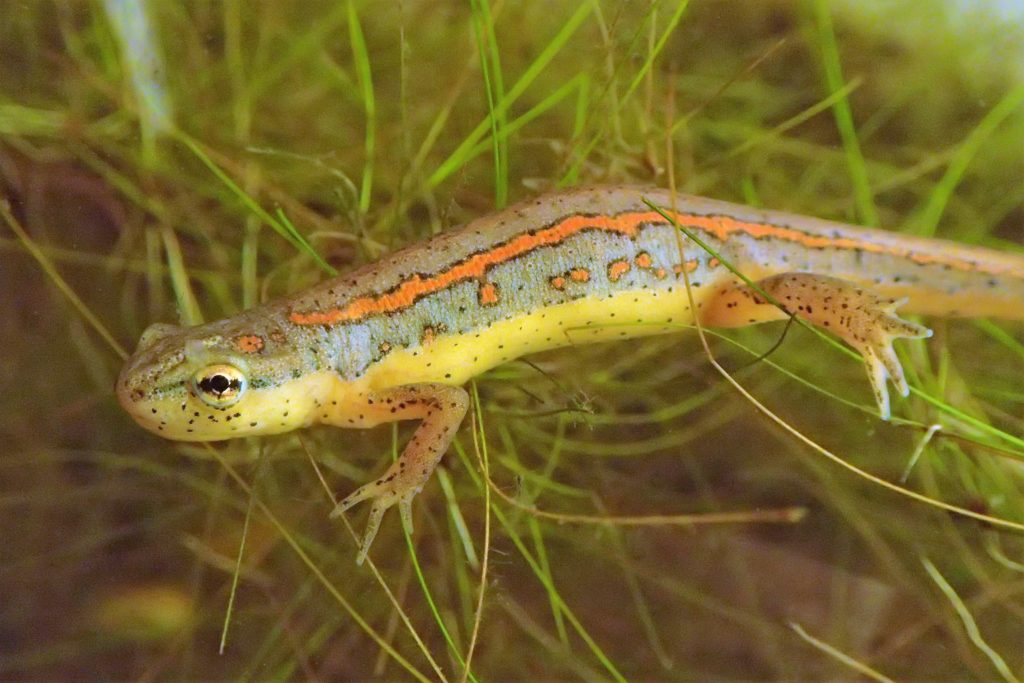
These frogs and salamanders spend most of their life in the longleaf pine uplands but travel (sometimes a half a mile!) to these wetlands to breed. In the Munson Sandhills, ephemeral wetlands are essential to the survival of two imperiled amphibians – the striped newt and the gopher frog. The wetlands also provide important habitat to a large diversity of plants, invertebrates, reptiles, mammals, and birds.